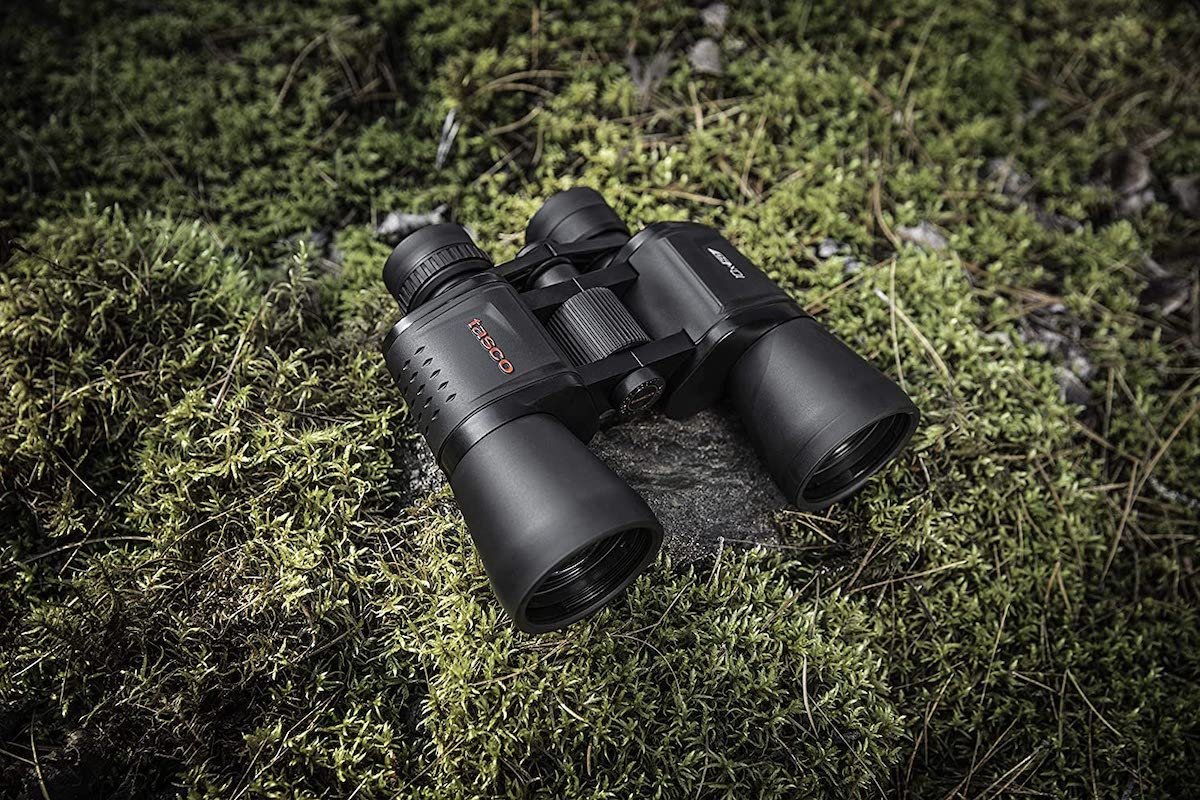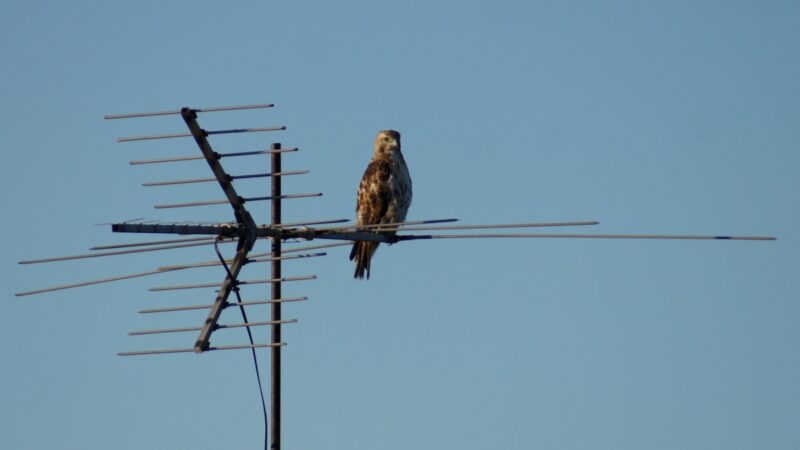What Do the Numbers on Binoculars Mean?
If you’re shopping for binoculars, chances are you’ve seen a series of numbers and symbols in the product description. Something along the lines of “12-40×40” or “10/30×25”. The uninitiated may find them confusing. That’s why in this article, we’ll explain not just how to read those figures but also how to understand them.
Magnification Power
The first two numbers tell you how powerful the magnification is. For example, on a 12-40×40 pair of binoculars, the magnification can be zoomed from 12 to 40 times. This is the most important information of all because it’s the most basic feature of any binocular. After all, the whole reason you use them is to see further.
An important thing to keep in mind about magnification is that more isn’t always better. The further you zoom, the smaller your field of view is going to be. On our 12-40×40 binoculars, a 12X zoom is going to fill the entire viewport. As you zoom in, the image will appear closer but will get narrower and narrower.
The advantage of a high zoom is obvious. At 40X, for example, you can see a squirrel clearly from 300 or 400 yards away. But you’ll need to know where it is, first. Conversely, a lower zoom is great for spotting flying birds or distant deer. Once you’ve spotted them, you can zoom in for more detail.
Higher zooms can also result in a dimmer image since your lens is only able to capture a certain amount of light. The narrower the field of view, the less overall light is passing through, so you won’t see the same vibrant colors. But we’ll talk about lenses in a minute.

A Dash or a Slash?
Between the first two numbers, you’ll see a symbol, either a dash (as in our 12-40×40 example) or a slash (as in our 10/30×25). The dash indicates that the lens can be zoomed. The slash indicates that there are two separate sets of eyepieces. So a 10/30×25 pair of binoculars comes with both a 10X magnification lens and a 30X magnification lens.
There are strengths and weaknesses to both designs.
On the one hand, a zoomable pair of lenses allows you to quickly zoom in and out, which is a particularly nice feature for hunters, since you can zoom in to see fine detail, then zoom out quickly to track the animal if it starts moving. On the other hand, the zoom mechanism adds weight and bulk. Also, it’s yet another moving part, which is one more thing that can potentially break.
Binoculars with interchangeable lenses can be heavier and bulkier, assuming you’re carrying both sets of lenses. But for a day of bird watching, you can just bring your 10X lenses and leave the others at home. This is also a nice feature for backpackers since space and weight are at a premium when you’re rucking all your gear around on your back.
The Objective Lens
The last number in your binocular’s description tells you the diameter, in millimeters, of the objective lens. The objective lenses are the big, fat lenses at the end of your binoculars, which point toward whatever you’re looking at. So our 12-40×40 binoculars have a 40mm objective lens, and our 10/30×25 binoculars have a 25mm objective lens.
Once again, you’re looking at a bit of a tradeoff. The larger the objective lens, the more light it’s going to let in. The more light it lets in, the brighter the image, and the more vibrant the colors. If you’re using your binoculars for bird watching, these large lenses will allow you to better enjoy their plumage.
On the other hand, the objective lens is the heaviest part of your binoculars. The tubes can be made of lightweight aluminum. Other parts can be made of plastic or rubber. But for lenses, there’s no replacement for high-quality optical glass, which is a fairly hefty material.
As a rule of thumb, objective lenses that are less than 25mm (about an inch), are not going to provide a clear picture at any significant zoom level. From 25 to 40mm, you’re looking at a serviceable pair of binoculars that’s a good choice for hiking. 40mm or larger is a full-size lens, a bit big for hiking or backpacking, but guaranteed to provide stunning views on a bird-watching outing.
Field of View
Not all binoculars display these numbers, but they’re worth mentioning. Your field of view number can be written in several ways, but the most common way is to express the width of your view at 1,000 meters. So a 120/1,000 pair of binoculars will have a field of view that’s 120 meters wide at a distance of 1,000 meters.
The wider the field of view, the more you can see. Needless to say, the bigger this number is, the better. Hopefully, you’re no longer wondering, what do the numbers on binoculars mean? This should cover everything you need to know when you head out to do a little binocular shopping.
Source: https://outdoors.com/what-do-the-numbers-on-binoculars-mean/






